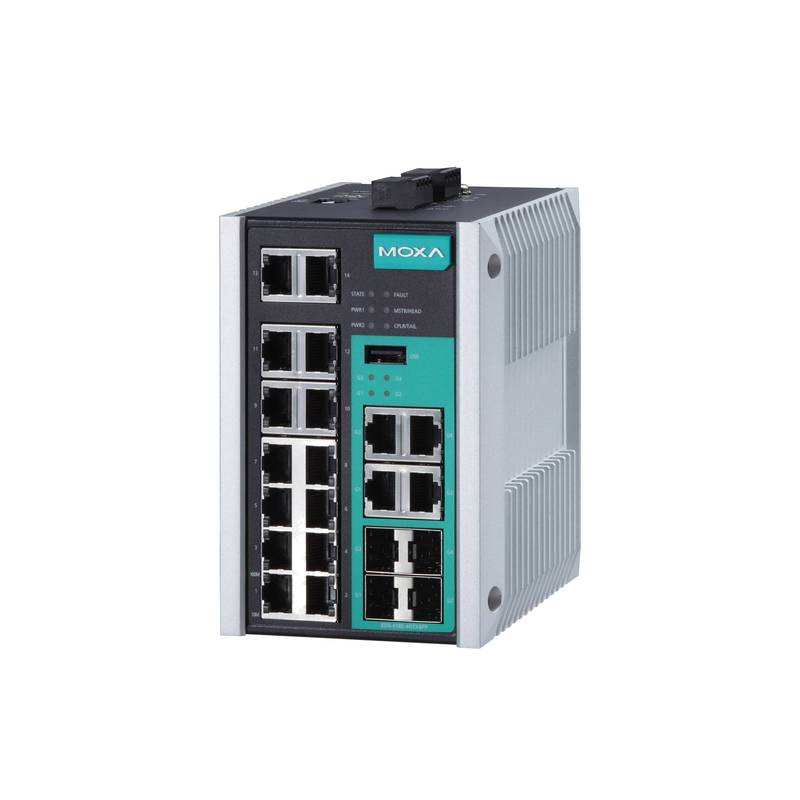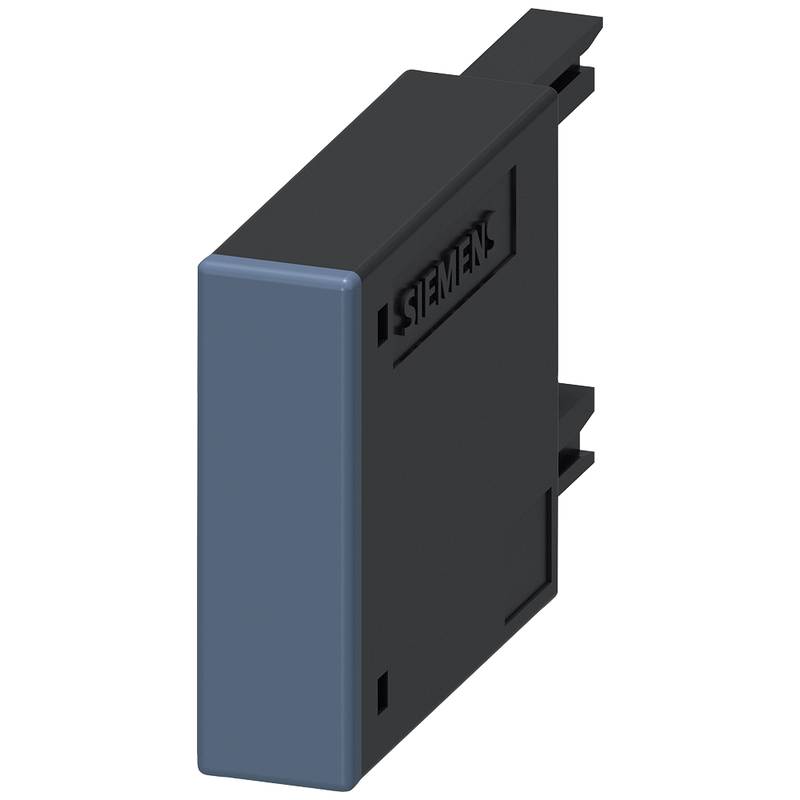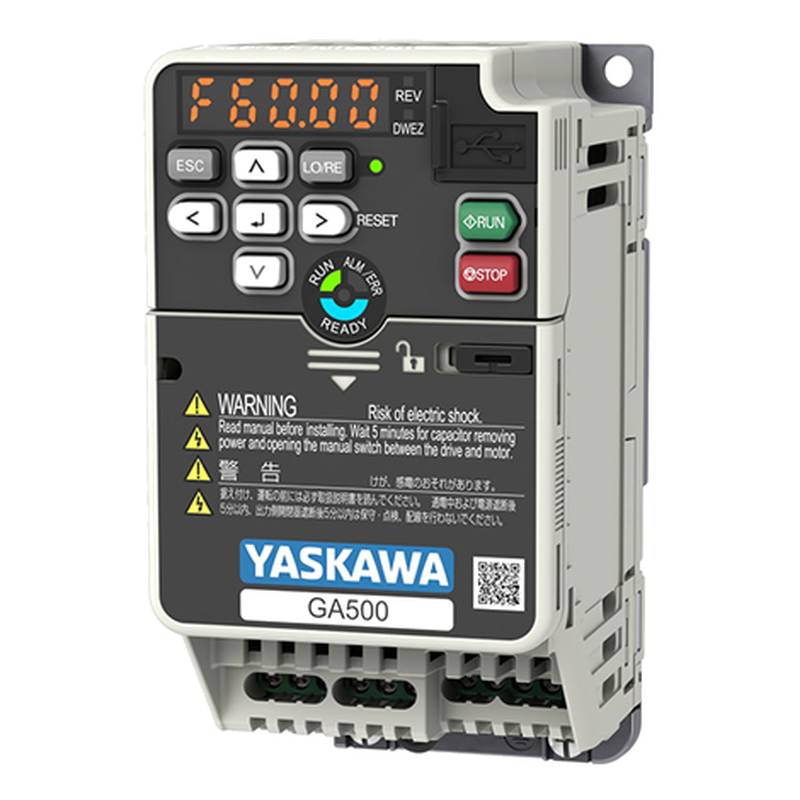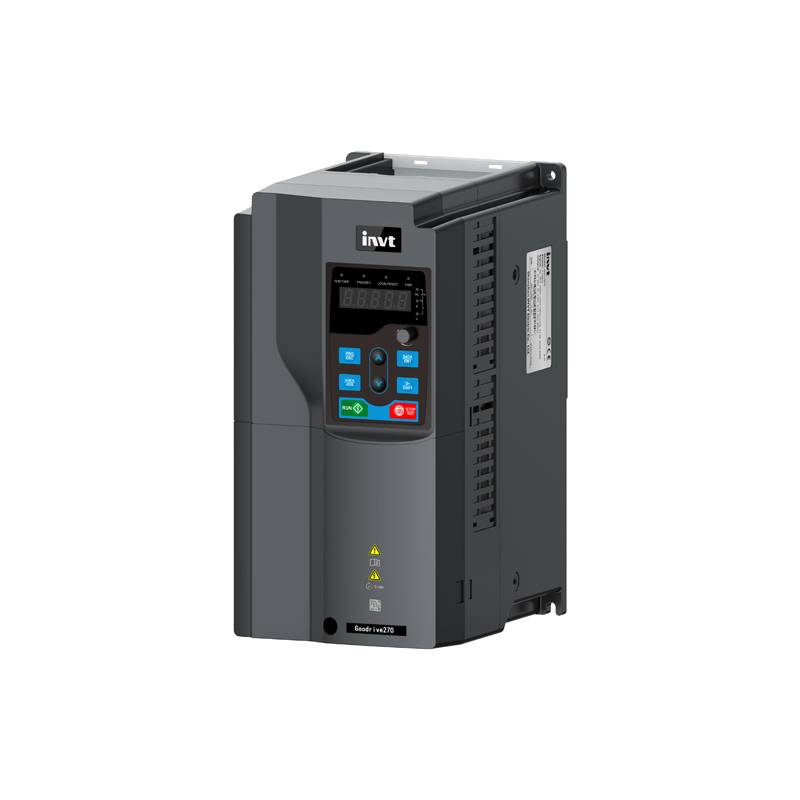
The SIMPHOENIX DX100-4T0075B High Power Braking Unit Frequency Drive 7.5kW stands as a robust solution for demanding industrial applications, offering superior motor control, energy efficiency, and enhanced operational safety. This advanced variable frequency drive (VFD) is engineered with a focus on reliability and performance, featuring a powerful 7.5kW capacity suitable for a wide array of motor loads. Its integrated braking unit provides crucial dynamic braking capabilities, essential for rapid deceleration and precise positioning of machinery, thereby minimizing cycle times and safeguarding equipment. Key technical specifications include a rated power of 7.5kW, an input voltage range typically accommodating 3-phase AC power, and an output frequency range that allows for extensive motor speed adjustment. The DX100-4T0075B also boasts a high overload capacity, ensuring stable operation even under peak load conditions.
Product Specifications
| Feature | Specification |
| :------------------- | :------------------------------------------ |
| Model | SIMPHOENIX DX100-4T0075B |
| Rated Power | 7.5 kW |
| Input Voltage | 3-Phase AC (Specific range to be confirmed) |
| Output Voltage | 3-Phase AC (Matches input) |
| Output Frequency | 0-600 Hz (Typical range) |
| Braking Unit | Integrated High Power Dynamic Braking |
| Overload Capacity | 150% for 60 seconds, 180% for 10 seconds |
| Protection Class | IP20 (Standard, higher options may exist) |
| Control Method | Vector Control, V/f Control |
| Communication | Optional fieldbus modules (Modbus, etc.) |
Core Features & Market Positioning
The SIMPHOENIX DX100-4T0075B distinguishes itself through its robust integrated high-power braking unit, a critical differentiator for applications requiring rapid and controlled deceleration. This feature significantly enhances safety and operational efficiency, particularly in scenarios involving high inertia loads or precise stopping requirements, such as in material handling, elevator systems, and automated manufacturing lines. Its advanced vector control algorithms ensure precise speed and torque regulation, even under fluctuating load conditions, positioning it as a premium choice for performance-critical industrial automation. The drive's rugged construction and high overload capability further solidify its market position as a reliable workhorse designed for demanding environments.
Key Application Scenarios
This high-power braking unit frequency drive is ideally suited for a diverse range of industrial applications where precise motor control and rapid stopping are paramount. Common use cases include controlling conveyors and material handling systems, where quick and safe stopping prevents product damage and optimizes throughput. It is also highly effective in operating cranes and hoists, providing smooth acceleration and controlled lowering capabilities through its sophisticated braking mechanisms. Furthermore, the DX100-4T0075B finds application in machine tools, printing presses, and textile machinery, where accurate speed adjustment and reliable braking are essential for product quality and operational safety.
Practical System Integration Guidance
Integrating the SIMPHOENIX DX100-4T0075B into an existing system involves careful attention to power, control, and safety wiring. For power connections, ensure the input voltage strictly matches the drive's specifications, utilizing appropriate gauge wiring and circuit protection to prevent damage. The motor wiring should be shielded to minimize electromagnetic interference. For control signals, connect digital and analog inputs/outputs according to the application's requirements, and if utilizing communication protocols like Modbus, ensure proper termination and addressing. Commissioning typically involves parameter configuration, including motor data auto-tuning, setting acceleration/deceleration ramps, and configuring braking resistor parameters to match the braking torque requirements of the application. A detailed wiring diagram and the manufacturer's programming manual are indispensable resources during this phase.
Operation and Risk Mitigation
Safe operation of the SIMPHOENIX DX100-4T0075B frequency drive necessitates adherence to safety protocols and a thorough understanding of its operational parameters. Always ensure the drive is properly grounded and that the braking unit is correctly connected and configured to prevent uncontrolled acceleration or deceleration. Regular inspection of wiring for signs of wear or damage is crucial. Common fault codes, such as overcurrent (OC), overvoltage (OV), or undervoltage (UV), often indicate issues with the motor, power supply, or braking resistor, requiring prompt investigation and corrective action as detailed in the user manual. Implementing appropriate emergency stop procedures and ensuring personnel are trained on safe operating practices are vital for risk mitigation.
Scalability & Long-Term Value
The SIMPHOENIX DX100-4T0075B offers significant long-term value through its inherent scalability and potential for integration into modern industrial control architectures. Its compatibility with various fieldbus communication protocols allows for seamless integration into Distributed Control Systems (DCS) and Programmable Logic Controller (PLC) networks, facilitating centralized monitoring and control. For organizations pursuing Industry 4.0 initiatives, the drive can serve as a foundational component for IIoT (Industrial Internet of Things) deployments, enabling data acquisition for predictive maintenance and performance optimization. While the DX100-4T0075B itself represents a specific power rating, SIMPHOENIX's broader product portfolio often provides options for higher power units or modular expansions, allowing for system upgrades as operational demands evolve.
---
Frequently Asked Questions (FAQs)
What are the primary benefits of the SIMPHOENIX DX100-4T0075B's integrated braking unit?
The integrated braking unit allows for rapid and controlled deceleration of motor loads. This is crucial for applications needing quick stops, enhancing safety and preventing damage. It also improves positioning accuracy in automated systems.
This feature is vital for applications with high inertia or those requiring precise stopping points. It reduces cycle times by enabling faster load movements and quicker halts. The unit dissipates braking energy safely and efficiently.
By managing deceleration dynamically, the braking unit reduces mechanical stress on the motor and driven equipment. This contributes to increased longevity and reduced maintenance requirements for the overall system.
How does the 7.5kW power rating influence application suitability for the DX100-4T0075B?
A 7.5kW power rating makes this drive suitable for medium to heavy-duty industrial motor applications. It can effectively control motors used in pumps, fans, conveyors, and mixers of significant size. The drive ensures stable operation even under demanding load conditions.
This capacity provides a good balance for many common industrial processes that require robust motor control without the need for extremely high-power VFDs. It offers ample torque for start-up and operation across a wide speed range. Energy savings are also significant compared to direct-on-line starters for such loads.
The 7.5kW specification suggests it's engineered for continuous operation in industrial environments, offering sufficient headroom for transient overloads common in manufacturing settings. Its integrated braking capability further broadens its utility for dynamic processes.
Can the SIMPHOENIX DX100-4T0075B be used in environments with high ambient temperatures?
The standard operating temperature range for the DX100-4T0075B should be confirmed with the product manual. Many industrial drives have limitations, and operation outside this range can reduce performance or cause faults. Ensure adequate ventilation.
For elevated temperatures, derating of the drive's capacity may be necessary, or external cooling solutions might be required. Always consult the manufacturer's specifications and installation guidelines for thermal management. Proper installation is key to longevity.
Exceeding the specified ambient temperature limits can lead to overheating of internal components, potential premature failure, and reduced efficiency. Adhering to the temperature specifications is critical for reliable long-term operation and warranty validity.
What types of motors are compatible with the SIMPHOENIX DX100-4T0075B?
This drive is primarily designed for standard 3-phase induction motors. It supports both V/f control and more advanced sensorless vector control for enhanced performance. Ensure the motor's voltage and frequency ratings are compatible.
When using vector control, the motor parameters must be accurately programmed into the drive for optimal torque and speed regulation. The drive often features an auto-tuning function to simplify this process. Verify motor nameplate data.
For specialized motors, such as permanent magnet synchronous motors (PMSM), compatibility should be explicitly confirmed with SIMPHOENIX. While some VFDs support these, specific firmware or hardware configurations might be needed.
How important is motor auto-tuning for the DX100-4T0075B?
Motor auto-tuning is crucial for realizing the full performance benefits of the drive, especially with vector control. It calibrates the drive to the specific electrical characteristics of the connected motor. This ensures optimal torque, speed accuracy, and response.
Without proper auto-tuning, the drive may not perform optimally, leading to reduced efficiency, inaccurate speed control, or even motor protection trips. The process usually involves a brief, no-load run of the motor.
Even for basic V/f control, some parameter setup related to the motor is necessary. Auto-tuning simplifies this by automatically detecting and configuring key motor parameters, making installation more straightforward and reliable.
What safety precautions are necessary when installing and commissioning this frequency drive?
Always disconnect all power sources before installation or maintenance. Ensure proper grounding of the drive and motor to prevent electrical hazards and electromagnetic interference. Follow all local electrical codes and regulations.
Verify that the input voltage and frequency match the drive's specifications. Ensure the braking unit is correctly wired and that the braking resistor is adequately sized and protected. Only qualified personnel should perform installation and commissioning.
Implement emergency stop circuits that are independent of the drive's control signals. Familiarize yourself with the drive's fault codes and emergency procedures outlined in the user manual before initial startup.
How can I program the SIMPHOENIX DX100-4T0075B for a specific application?
Programming involves setting various parameters based on your application's needs, such as acceleration/deceleration times, speed references, and I/O configurations. Access these parameters via the drive's keypad or through optional communication interfaces.
Refer to the SIMPHOENIX DX100-4T0075B user manual for a detailed explanation of each parameter and its function. The manual provides step-by-step guides for common configurations and advanced settings.
For complex applications, consider using the drive's advanced features like PID control or specific motion control functions if available. If using fieldbus communication, ensure the network configuration and device profiles are correctly set up.
What are common troubleshooting steps for fault codes on the DX100-4T0075B?
First, identify the specific fault code displayed on the drive's HMI. Consult the user manual to understand the meaning of the code and the recommended troubleshooting steps. Common codes relate to overcurrent, overvoltage, undervoltage, or motor faults.
For overcurrent or motor faults, check the motor connections, insulation resistance, and ensure the motor is not overloaded or jammed. Verify that the braking resistor is functioning correctly if applicable.
For overvoltage or undervoltage faults, check the incoming power supply stability and voltage levels. Ensure braking resistors are correctly sized and functional if regeneration is expected. Sometimes, parameter adjustments for voltage limits are necessary.
How does the drive contribute to energy savings in industrial applications?
Frequency drives like the DX100-4T0075B allow motor speed to be adjusted to match the actual load demand. This avoids running motors at full speed unnecessarily, leading to significant energy savings, especially in applications with variable loads like pumps and fans.
By precisely controlling motor speed, the drive optimizes power consumption. The variable torque/speed relationship (e.g., cubic relationship for centrifugal loads) means even small reductions in speed result in substantial energy savings.
The drive's efficient power conversion also minimizes energy loss compared to traditional methods. Features like DC bus voltage regulation and sleep modes further enhance energy efficiency during periods of low activity.
What is the typical input voltage range for the 7.5kW SIMPHOENIX DX100-4T0075B?
The typical input voltage for a 7.5kW 3-phase drive of this type is often in the range of 380-480 VAC. However, it's essential to consult the specific product datasheet or manual for the exact voltage range supported by the DX100-4T0075B model.
Variations in input voltage can affect the drive's performance and reliability. Ensuring the supply voltage is within the specified tolerance is critical for safe and efficient operation. Some drives offer adjustable input voltage ranges.
Confirming the precise input voltage requirements is a fundamental step before powering up the drive to prevent damage. This information is usually found on the drive's nameplate or in the technical documentation.
























